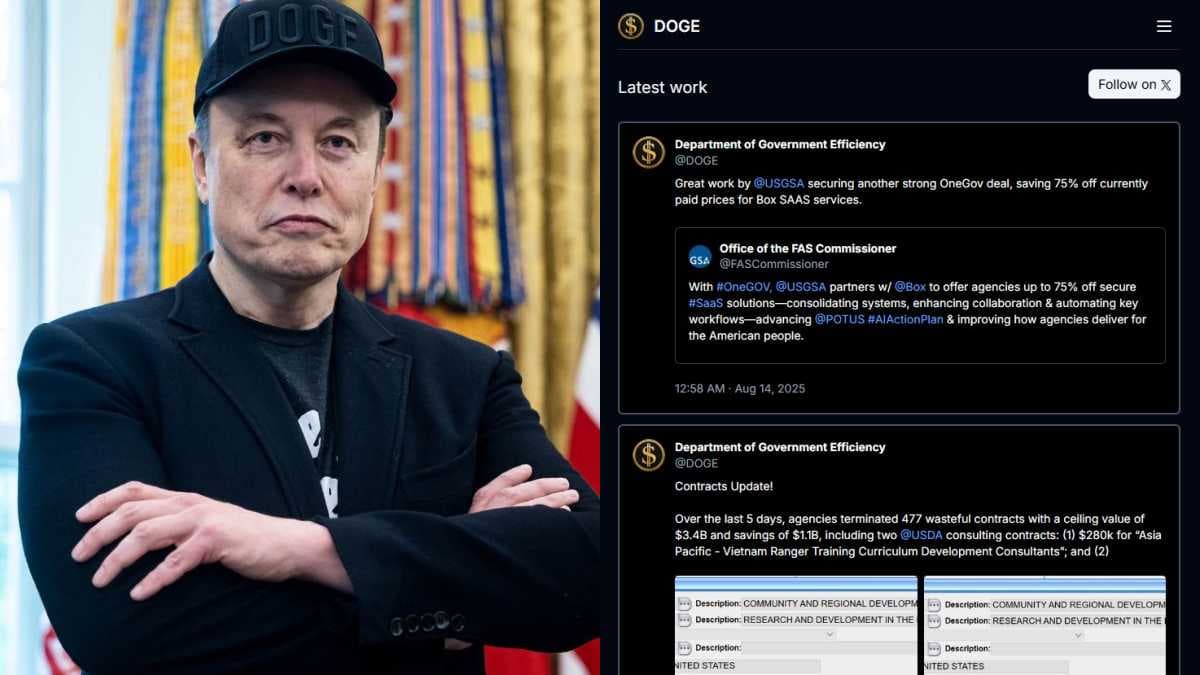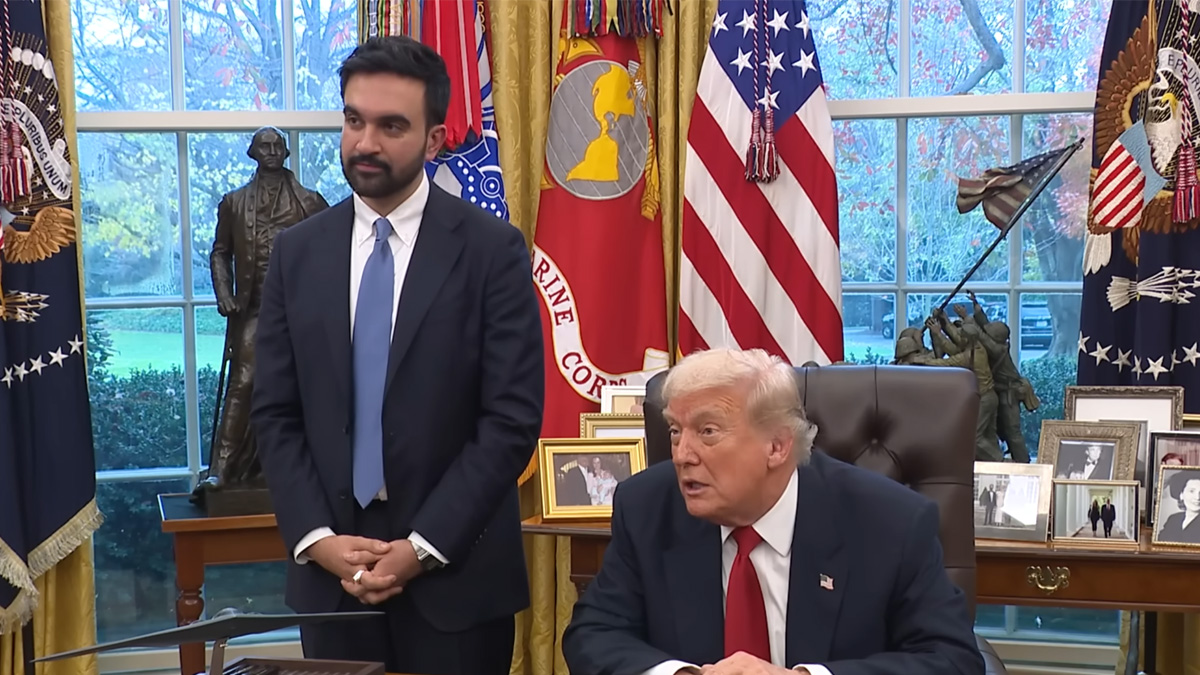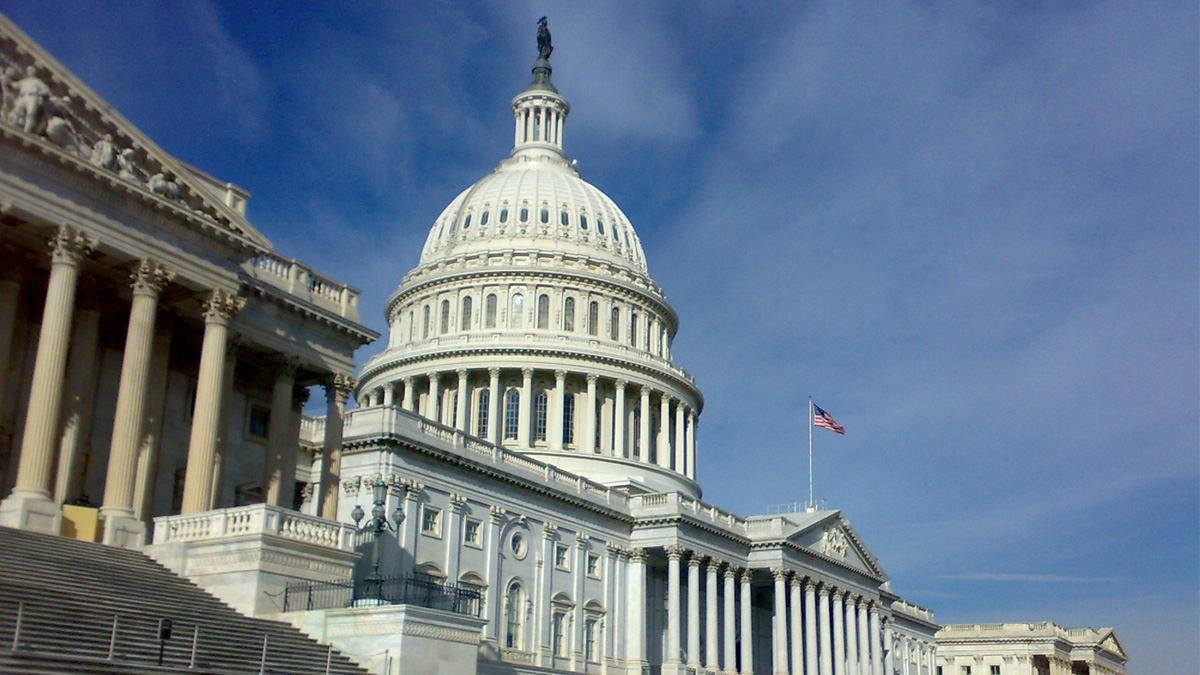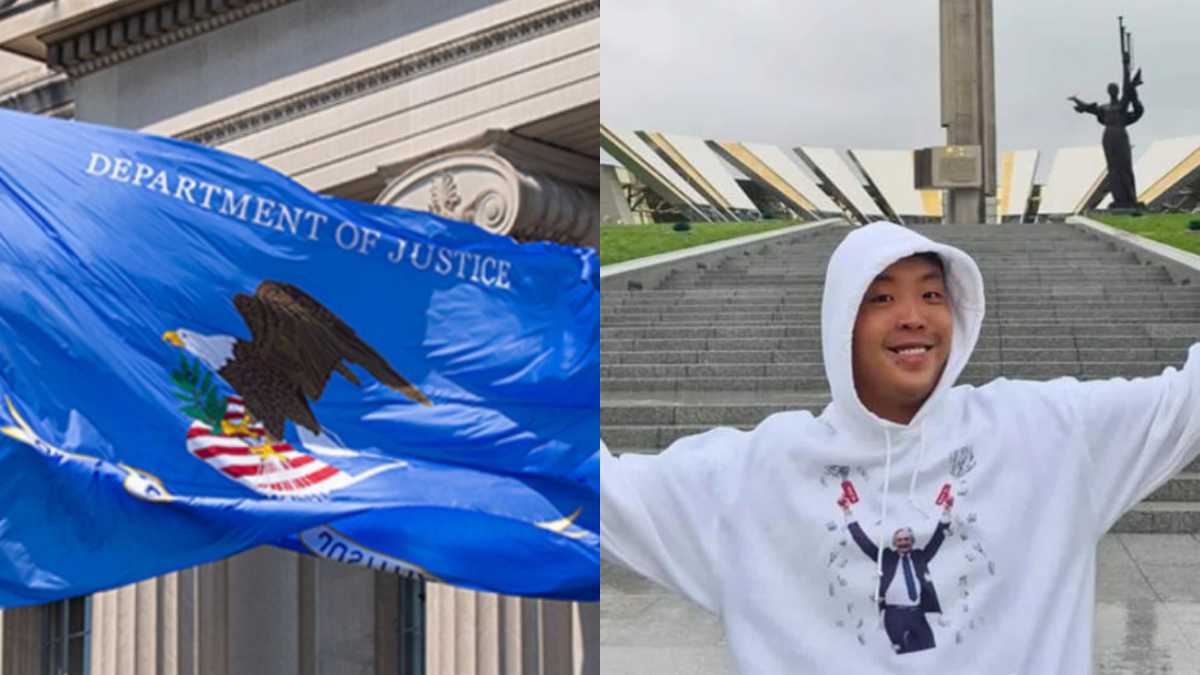Trump’s Department of Government Efficiency quietly disbands eight months before mandate ends
Donald Trump’s Department of Government Efficiency has been quietly disbanded, according to US officials, ending an initiative once touted as key to slashing federal bureaucracy. Its core functions have since been absorbed by the Office of Personnel Management.

- The Department of Government Efficiency (DOGE), launched by Donald Trump in early 2025, has been quietly dissolved with eight months remaining in its mandate.
- Its responsibilities have been absorbed by the Office of Personnel Management, according to its director Scott Kupor.
- Despite initial fanfare and claims of major savings, DOGE lacked public transparency and its impact remains unverified.
The Department of Government Efficiency (DOGE), an entity established with great political fanfare by President Donald Trump in February 2025, has been disbanded, according to a statement from the Office of Personnel Management (OPM) on 23 November 2025.
“DOGE doesn’t exist,” said OPM Director Scott Kupor in comments to Reuters, confirming the dissolution of the department well before its intended expiration date of July 2026.
Kupor added that DOGE was no longer operating as a “centralised entity,” and many of its functions have now been absorbed by the OPM, the federal government’s main human resources agency.
DOGE was created by executive order on Trump’s first day of his second term, with a mandate to implement large-scale structural reform across federal agencies. It was initially led by Tesla and SpaceX CEO Elon Musk, and political entrepreneur Vivek Ramaswamy.
In its first months, DOGE was highly visible in Washington, initiating aggressive budget cuts, enforcing hiring freezes, and eliminating positions across departments.
A signature rule required agencies to hire no more than one employee for every four who left.
However, despite the administration’s claims of saving “tens of billions” in expenditure, DOGE never released detailed public accounts of its work. Financial experts were thus unable to verify the cost savings.
According to Politico and Reuters, signs of DOGE’s decline began emerging as early as June 2025. Staffers reportedly vacated their headquarters, and a well-publicised falling out between Trump and Musk in May further suggested internal fractures. Musk subsequently left Washington, though he returned briefly in November for a White House dinner.
Trump himself has often referred to DOGE in the past tense, despite signing an order ensuring its existence through 2026. Former DOGE officials, now integrated into various other federal bodies, have largely ceased public references to the agency.
Amy Gleason, DOGE’s acting administrator, transitioned in March to serve as an adviser to Health and Human Services (HHS) Secretary Robert F Kennedy Jr, according to a court filing. She retains minimal links to DOGE in public statements.
Other senior figures have also shifted roles. Zachary Terrell is now Chief Technology Officer at HHS, while Rachel Riley became Chief of the Office of Naval Research. Jeremy Lewin, who helped dismantle the US Agency for International Development, now oversees foreign assistance at the State Department.
One of DOGE’s more visible offshoots is the National Design Studio, created by executive order in August 2025. Led by Joe Gebbia, Airbnb co-founder and former DOGE team member, the studio’s remit is to improve the visual presentation of government websites.
The studio has launched recruitment and policy campaign websites, including for law enforcement and Trump’s drug pricing initiatives. Gebbia declined to comment publicly but is believed to remain a key design adviser within the administration.
DOGE’s rise was accompanied by intense social media attention. Trump, Musk, and senior cabinet members routinely praised the agency’s efforts online. Musk famously wielded a chainsaw at the Conservative Political Action Conference in February, declaring it a “chainsaw for bureaucracy.”
But criticism dogged the department. Staff were known to enter agencies without clear identification, and actions were sometimes taken without consultation. DOGE’s rapid, opaque budget cuts created uncertainty across multiple departments.
Concerns also arose over accountability. As early as summer 2025, federal employees reported resistance to DOGE directives and questioned the authority of agents who failed to identify themselves.
Despite these criticisms, Trump’s administration maintains that it remains committed to reducing government waste. “President Trump was given a clear mandate to reduce waste, fraud and abuse across the federal government, and he continues to actively deliver on that commitment,” said White House spokesperson Liz Huston to Reuters.
DOGE’s hiring freeze and personnel reductions – including over 200,000 layoffs and around 75,000 voluntary buyouts – were among the most sweeping changes. Still, with little public accounting, the long-term fiscal impact remains unclear.
Meanwhile, the White House Budget Office has tasked former DOGE figure Scott Langmack with developing artificial intelligence tools to analyse US regulations. The aim is to identify rules for elimination, suggesting that the administration’s deregulatory agenda is still ongoing.
Republican-led states including Idaho and Florida are also reportedly creating their own versions of DOGE-inspired entities, hinting at the model’s potential replication despite federal dissolution.
DOGE’s quiet disbandment contrasts sharply with its theatrical debut. Whether its legacy will endure remains uncertain amid ongoing reshuffling and lack of documentation.








0 Comments